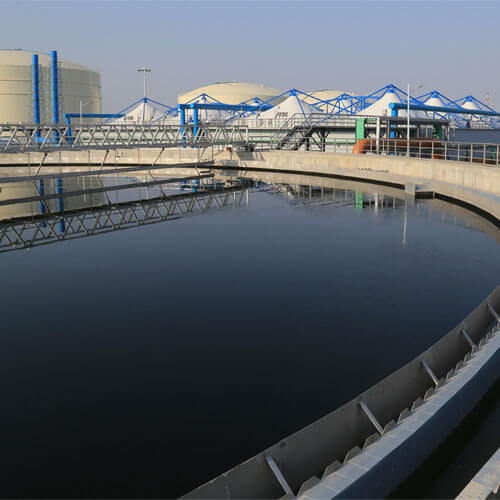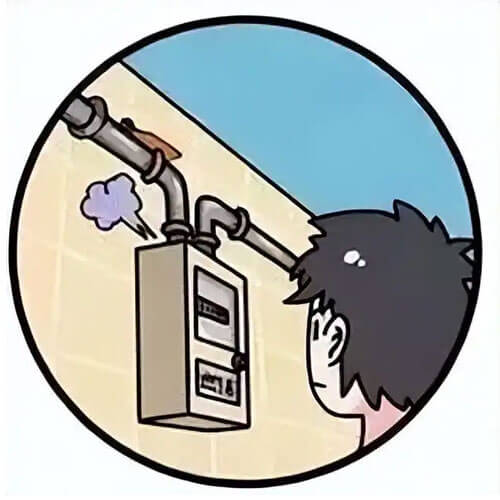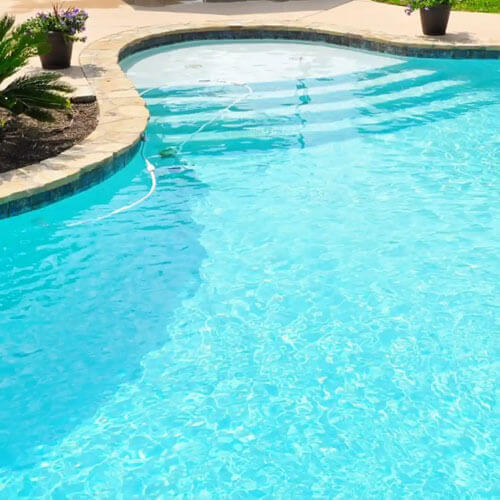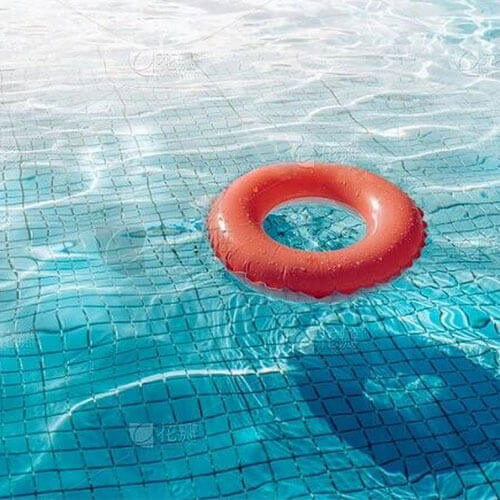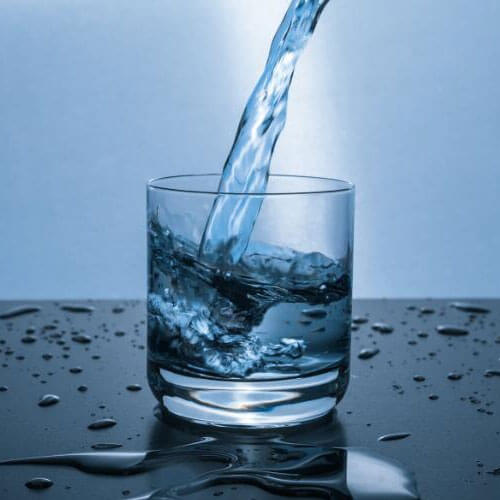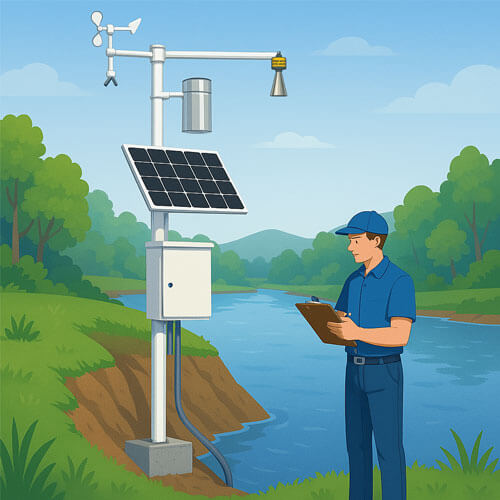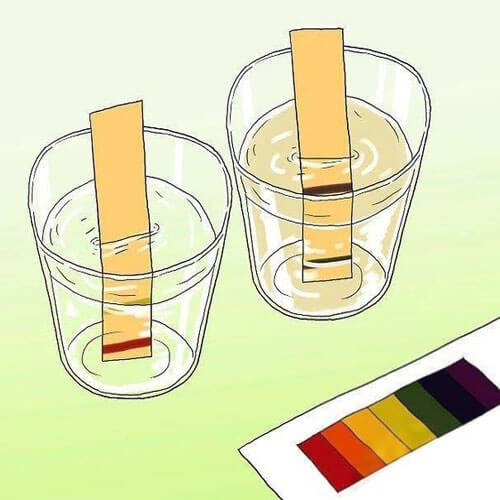What is chlorine?
Chlorine (Cl) is a yellow-green gas with a pungent odor, known for its strong oxidizing and corrosive properties. It is widely used in water treatment, chemical manufacturing, healthcare, and disinfection. In nature and industrial applications, chlorine exists both as a gas and in the form of chloride ions (Cl⁻) or chlorine-containing compounds. Due to its excellent disinfecting and bactericidal capabilities, as well as its inherent toxicity, real-time monitoring of chlorine levels using residual chlorine sensors plays a critical role in ensuring the safety of drinking water and environmental water bodies.
What are the three forms of chlorine?
In both industrial applications and natural environments, chlorine mainly exists in three forms: gaseous chlorine (chlorine gas), liquid chlorine, and combined chlorine (such as chlorides).
1. Gaseous chlorine
Under standard conditions (normal temperature and pressure), chlorine exists as a yellow-green gas with a strong, irritating odor. Its density is approximately 2.5 times that of air, making it prone to accumulating in low-lying areas when leaked. Chlorine gas is a powerful oxidizing agent capable of quickly destroying bacterial cell membranes, which makes it widely used in drinking water disinfection and swimming pool water purification. Additionally, chlorine gas serves as a raw material in the chemical industry for various organic synthesis reactions, producing chlorinated organic compounds such as vinyl chloride.
2. Liquid chlorine
Liquid chlorine is the liquefied form of chlorine gas, obtained through pressurization or cooling. It appears as a yellow or pale yellow liquid and is highly reactive and hazardous. Due to its ease of storage and transportation, liquid chlorine is commonly used in large-scale industrial applications such as municipal water treatment plants, bleaching processes in paper manufacturing, and chlorinated organic synthesis.
3. Combined chlorine (e.g., chlorides)
In nature, chlorine primarily exists in combined forms, with the most common being sodium chloride (NaCl), also known as table salt. Chlorine is also found in various organic chlorine compounds, such as chloroform (CHCl₃) and carbon tetrachloride (CCl₄), which are widely used in solvents, refrigerants, and pharmaceutical synthesis.
In addition to these three primary forms, residual chlorine found in water treatment processes is another practical manifestation of chlorine. Each form of chlorine has distinct properties, applications, and impacts, playing critical roles across various industries.
Chlorine gas vs Liquid chlorine vs Chlorine water
| Name | Chlorine gas | Liquid chlorine | Chlorine water |
|---|---|---|---|
| Element | Cl2 | Cl2 | Cl2 aqueous solution |
| State | Gaseous | Liquid | Liquid (mixture) |
| Color | Yellow-green | Yellow-green | Light yellow-green |
| Odor | Strongly irritating | Strongly irritating | Irritating odor |
| Toxicity | Highly toxic | Highly toxic | Toxic |
| Main components | Cl2 | Cl2 | Cl2, HCI, HCIO, H2O |
| Stability | Relatively stable (but easily reacts with other substances) | Relatively stable (but easily decomposed by heat or pressure) | Unstable (easy to decompose when exposed to light) |
| Use | Industrial production (plastics, dyes, etc.) | Industrial production, disinfection | Disinfection, bleaching |
| Hazard | Very high (explosive, asphyxiating) | Very high (leakage risk, corrosive) | High (toxic, irritating) |
| Solubility | Soluble in water and some organic solvents | Insoluble in water (but soluble in alkaline solution) | It is a solution of chlorine in water |
What does chlorine in water do?
1. Disinfection and sterilization
When chlorine dissolves in water, it forms hypochlorous acid (HClO) and hypochlorite ions (ClO⁻). Both substances can penetrate microbial cell walls, disrupting enzyme systems and damaging DNA, ultimately rendering pathogens inactive. Common waterborne pathogens such as Vibrio cholerae and Escherichia coli can be killed within seconds of chlorine exposure. As a result, municipal water treatment plants routinely add a controlled amount of chlorine to drinking water to effectively eliminate harmful microorganisms and reduce pH levels, making the water safer for consumption.
2. Sustained antimicrobial protection
Maintaining a certain level of residual chlorine in water—typically between 0.2 and 1.5 mg/L—provides ongoing antimicrobial protection. This residual chlorine, known as “free chlorine” or “residual chlorine,” helps prevent microbial regrowth in water distribution systems and storage facilities, thereby minimizing the risk of secondary contamination. For example, in swimming pools, a slightly higher chlorine dose is often applied to ensure effective sterilization while the residual chlorine continues to inhibit the growth of algae and microorganisms.
What is residual chlorine?
To ensure the complete elimination of bacteria and microorganisms in water, a certain amount of chlorine must remain in the water after disinfection—this remaining chlorine is known as residual chlorine. After the added chlorine reacts with pathogens and organic impurities, the unreacted portion that persists in the water retains disinfecting ability and is referred to as residual chlorine.
Residual chlorine exists in two main forms:
Free chlorine – Includes hypochlorous acid (HClO), hypochlorite ions (ClO⁻), and dissolved elemental chlorine (Cl₂). This form is highly effective in disinfection.
Combined chlorine – Mainly exists as chloramines and organic chloramines, formed by the reaction of chlorine with ammonia or organic nitrogen compounds.
The total chlorine in water refers to the sum of free chlorine and combined chlorine present.
Chlorination is one of the oldest and most widely used disinfection methods in water treatment. Since its introduction in 1850, it has become the global standard due to its low cost, high efficacy, and operational simplicity. In addition to drinking water disinfection, chlorine is also used as a strong oxidizing agent in industrial wastewater treatment—particularly in processes dealing with cyanide- and sulfur-containing effluents, as well as for decolorization and deodorization. This is known as chlorination treatment.
In 1910, at the 38th Annual Meeting of the American Public Health Association, George A. Johnson reviewed the history of chlorination in drinking water. Although the effectiveness of chlorine disinfection had been recognized as early as 1888, it wasn’t until 20 years later that it gained widespread adoption by water treatment plants. Since then, chlorination has played a pivotal role in controlling waterborne diseases and saving countless lives. In recognition of its profound public health impact, the water treatment system based on filtration and disinfection was later ranked by the U.S. National Academy of Engineering as one of the greatest engineering achievements of the 20th century.
What is the principle of chlorination disinfection?
The fundamental principle of chlorination disinfection lies in the ability of chlorine gas to dissolve in water and form hypochlorous acid (HClO), a highly effective disinfectant. Hypochlorous acid exhibits strong oxidizing properties, capable of penetrating and destroying bacterial cell walls and membranes, ultimately leading to the inactivation and death of pathogens. Due to its high efficacy and reliability, chlorination has become a standard and widely adopted method for swimming pool disinfection.
How to determine whether the chlorine in the swimming pool is up to standard?
Visual inspection – check water clarity
Observe whether the pool water appears clear and transparent. Stand at the side of the pool and look to see if the lines of the fourth or fifth swim lane are visible. If they are not, the water may be turbid. The presence of visible sediment at the bottom further indicates substandard water quality.
Smell test – evaluate chlorine odor
Smell the water surface closely. A mild, medicinal odor typically indicates proper chlorination and good water hygiene. However, if the smell is sharp and resembles strong bleach or “chlorine powder,” it suggests over-chlorination, and entering the pool is not recommended until chlorine levels normalize.
Foam dissipation test – assess oxidation capacity
Gently agitate the water to create splashes and observe the foam. If the foam dissipates naturally within 10–15 seconds, it suggests the water has strong oxidation-reduction capacity and effective disinfection performance. Foam that lingers for over a minute may signal deteriorated water quality that requires corrective treatment.
Instrumental testing – use water quality sensor
A residual chlorine sensor is a specialized device for accurately measuring the amount of free or combined chlorine in water. It operates based on chemical and electrochemical detection principles. For a comprehensive water quality assessment, residual chlorine sensors are often used alongside other analytical tools such as pH sensors, electrical conductivity (EC) sensors, and turbidity sensors to provide a full picture of the pool’s water condition. As a professional manufacturer of water quality sensors, Renke provides comprehensive water quality monitoring device and tailored monitoring solutions to meet a wide range of application needs.
How to lower chlorine in pool?
Sunlight exposure
For outdoor swimming pools, simply ensure the pool is uncovered and fully exposed to direct sunlight. In the absence of cyanuric acid (CYA) stabilizer, up to 90% of the chlorine in the pool can dissipate within just two hours on hot, sunny days. However, it is important to monitor chlorine levels closely and ensure they do not fall below 1.0 ppm to maintain effective disinfection.
Adding fresh water
Introducing an appropriate amount of fresh water helps dilute the chlorine concentration, thereby lowering the overall chlorine level. For larger pools, it is advisable to add water in batches to avoid overfilling the pool.
Using ultraviolet (UV) light
Ultraviolet light can disrupt the molecular structure of chlorine compounds. Utilizing UV lamps to irradiate pool water can significantly accelerate the degradation of chlorine, offering an effective and controlled method to reduce chlorine levels.
Adding neutralizing chemicals
Specialized chemical agents designed to neutralize chlorine can be added to the pool for rapid correction. These neutralizing chemicals are widely available at pool supply stores and through online retailers.
If no active interventions are applied, chlorine levels will gradually decline over time. Depending on the initial chlorine concentration, it may take several days to a week for the chlorine level to naturally drop to a safe range. During this period, it is strongly recommended to avoid swimming to prevent potential health risks caused by excessive chlorine exposure.


